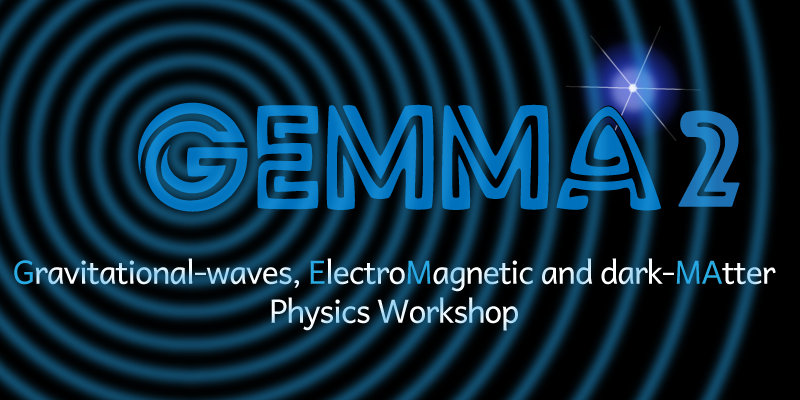Description
Continuous gravitational-wave signals (CWs), which are typically emitted by rapidly rotating neutron stars (NSs) with non-axisymmetric deformations, represent particularly intriguing targets for the Advanced LIGO-Virgo-KAGRA detectors. These detectors operate within sensitivity bands that encompass more than half of the known pulsars in our galaxy existing in binary systems, which are the targeted source of this paper. However, the detection of these faint signals is especially challenged by the Doppler modulation due to the source's orbital motion, typically described by five unknown Keplerian parameters. This modulation spreads the signal across multiple frequency bins, resulting in a notable reduction of signal-to-noise ratio and potentially hindering signal detection. To overcome this issue, a robust 5-vector resampling data-analysis algorithm has been developed to conduct thorough directed/narrowband CW searches at an affordable computational cost. We employ this methodology for the first time to search for CWs from the brightest Scorpius X-1, using publicly available data from the third observing run of the Advanced LIGO-Virgo-KAGRA detectors. No real CWs can be claimed. Hence, we proceeded setting 95% confidence-level upper limits.

